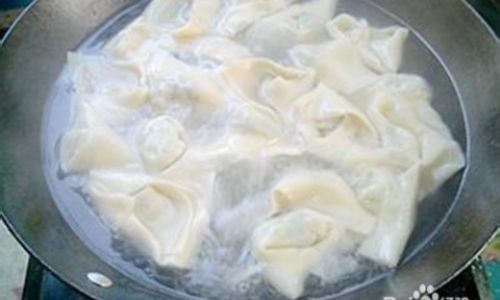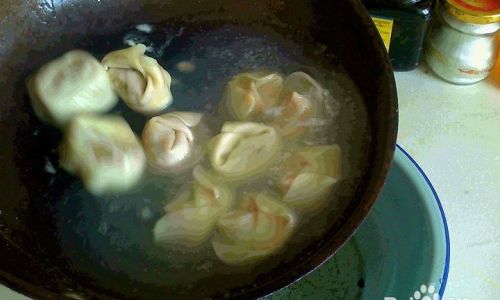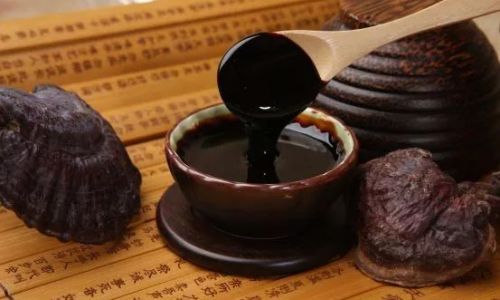Strawberries, with their vibrant red hue, juicy texture, and sweet-tart flavor, are a beloved fruit worldwide. However, their delicate nature makes them prone to spoilage, often leaving consumers frustrated with moldy or mushy berries within days of purchase. Proper preservation techniques can extend their shelf life, reduce waste, and ensure you enjoy their delightful taste for weeks or even months. This comprehensive guide explores science-backed methods to store strawberries, from refrigeration to freezing, dehydration, and beyond. Whether you’re a home cook, a gardener with a bumper crop, or a zero-waste advocate, these strategies will help you savor strawberries at their peak.
Why Strawberries Spoil Quickly
Strawberries are highly perishable due to their high moisture content (about 91%), thin skin, and susceptibility to microbial growth. Mold spores, yeast, and bacteria thrive on their surface, especially if the berries are damaged or exposed to warmth and humidity. Additionally, ethylene gas—a natural ripening hormone emitted by fruits—accelerates their deterioration. Understanding these factors is the first step to effective preservation.
Refrigeration: The Basics of Short-Term Storage
Refrigeration is the most common method for keeping strawberries fresh for 3–7 days. However, improper handling can lead to premature spoilage. Follow these steps for optimal results:

- Do Not Wash Before Storing: Moisture is the enemy. Wash strawberries only right before use to prevent mold growth.
- Inspect and Sort: Remove any damaged, bruised, or moldy berries, as they can spoil the rest.
- Use Ventilated Containers: Place strawberries in a single layer in a container lined with paper towels to absorb excess moisture. Avoid sealing them in airtight bags, which trap humidity.
- Store in the Crisper Drawer: Maintain a temperature between 34–36°F (1–2°C) to slow ripening without freezing.
- Avoid Ethylene-Producing Fruits: Keep strawberries away from bananas, apples, and tomatoes, which emit gases that hasten decay.
Pro Tip: For berries purchased in plastic clamshells, punch small holes in the packaging to improve airflow.
Freezing: Preserving Flavor for Months
Freezing is ideal for long-term storage, locking in flavor and nutrients for up to 12 months. Here’s how to freeze strawberries correctly:
Method 1: Flash Freezing
- Hull the Berries: Remove the green stems and leaves.
- Slice or Leave Whole: Sliced berries thaw faster, while whole ones retain shape better.
- Spread on a Baking Sheet: Line a tray with parchment paper and arrange berries in a single layer.
- Freeze Until Solid: This prevents clumping (2–3 hours).
- Transfer to Airtight Bags: Label with the date and store at 0°F (-18°C) or below.
Method 2: Sugar or Syrup Packing
For sweeter, softer berries (ideal for desserts):
- Mix 1 cup of strawberries with ½ cup sugar in a bowl.
- Let sit for 15 minutes to draw out juice.
- Transfer to freezer-safe containers, leaving ½ inch of headspace.
Method 3: Puree and Freeze
- Blend berries into a puree.
- Pour into ice cube trays or freezer bags.
- Use cubes for smoothies, sauces, or cocktails.
Key Advantage: Frozen strawberries retain most of their vitamin C and antioxidants. Thaw them in the refrigerator overnight or use directly in cooked dishes.
Dehydration: Creating Chewy, Portable Snacks
Dehydrated strawberries are lightweight, shelf-stable, and perfect for snacking or baking. Use a dehydrator or oven:

- Preheat: Set your dehydrator to 135°F (57°C) or oven to 140°F (60°C).
- Slice Uniformly: Cut berries into ¼-inch thick pieces for even drying.
- Arrange on Trays: Ensure no pieces touch to allow airflow.
- Dry Until Leathery: This takes 6–12 hours in a dehydrator or 4–8 hours in an oven.
- Store Airtight: Use glass jars or vacuum-sealed bags in a cool, dark place.
Pro Tip: Rehydrate dried strawberries by soaking them in warm water for 15 minutes.
Jam-Making: Sweet Preservation with Pectin
Homemade strawberry jam captures summer’s essence in a jar. Follow this basic recipe:
- Ingredients: 4 cups crushed strawberries, 4 cups sugar, 1 tbsp lemon juice, 1 pouch liquid pectin.
- Steps:
- Combine strawberries, sugar, and lemon juice in a pot.
- Boil for 10 minutes, stirring constantly.
- Add pectin and boil for 1 more minute.
- Pour into sterilized jars, leaving ¼-inch headspace.
- Process in a water bath for 10 minutes (for shelf stability).
Safety Note: Use pH strips to ensure acidity (below 4.6) to prevent botulism.
Vinegar Rinse: A Natural Mold Inhibitor
A vinegar solution can kill mold spores and extend refrigerator life:
- Mix 1 part white vinegar with 3 parts water.
- Soak strawberries for 5 minutes.
- Rinse thoroughly under cold water.
- Dry with a salad spinner or towels.
- Store as usual.
Caution: Over-soaking may affect taste; rinse well.

Vacuum Sealing: Eliminating Oxygen for Freshness
Vacuum-sealed strawberries last 2–3 weeks in the fridge and up to 2 years frozen.
- For Refrigeration: Seal whole berries in bags with oxygen absorbers.
- For Freezing: Use vacuum-sealed bags to prevent freezer burn.
Equipment Note: Handheld vacuum sealers are affordable and easy to use.
Creative Uses for Overripe Strawberries
Don’t toss berries that are past their prime:
- Strawberry Sauce: Simmer with sugar and lemon juice for pancakes or ice cream.
- Infused Water: Add sliced berries to a pitcher of water for a refreshing drink.
- Facial Scrub: Mash with honey and sugar for an exfoliating treatment.
- Compost: If moldy, return to soil to enrich your garden.
Common Mistakes to Avoid
- Washing Too Early: Adds moisture and promotes mold.
- Storing at Room Temperature: Accelerates spoilage.
- Ignoring Damaged Berries: One moldy berry can ruin the batch.
- Overcrowding Containers: Restricts airflow and causes bruising.
FAQs About Strawberry Storage
Q: How long do strawberries last in the fridge?
A: 3–7 days if stored correctly.
Q: Can I freeze strawberries with the stems on?
A: Yes, but hulling before freezing saves time later.

Q: Why do frozen strawberries taste bland?
A: Freezing dulls flavor slightly; use them in cooked dishes or add sugar/syrup.
Q: Is dehydrated strawberry better than fresh?
A: It’s different—chewier, sweeter, and concentrated in flavor.
Q: Can I store strawberries in the original container?
A: Only if it’s perforated for ventilation. Otherwise, transfer to a breathable container.
Conclusion: Enjoy Strawberries Year-Round
Preserving strawberries is both an art and a science. By mastering refrigeration, freezing, dehydration, and creative repurposing, you can enjoy these gems beyond their seasonal peak. Experiment with methods to suit your needs—whether you crave a quick snack, a batch of jam, or a sustainable way to reduce food waste. With proper care, the taste of summer can linger on your plate long after the last berry has been picked.
Remember, the key to successful preservation lies in minimizing moisture, controlling temperature, and acting quickly before spoilage sets in. So next time you bring home a basket of strawberries, treat them with care—and savor the rewards for months to come.







0 comments